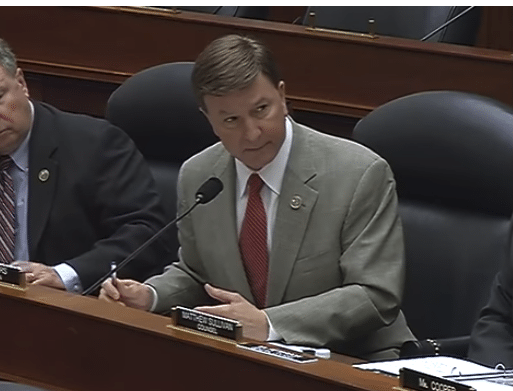
WASHINGTON —The full House Armed Services Committee plans to authorize production of the low-yield nuclear warhead sought by the Donald Trump administration, a lawmaker said here Thursday.
The new Nuclear Posture Review issued in February calls for the new weapon.…